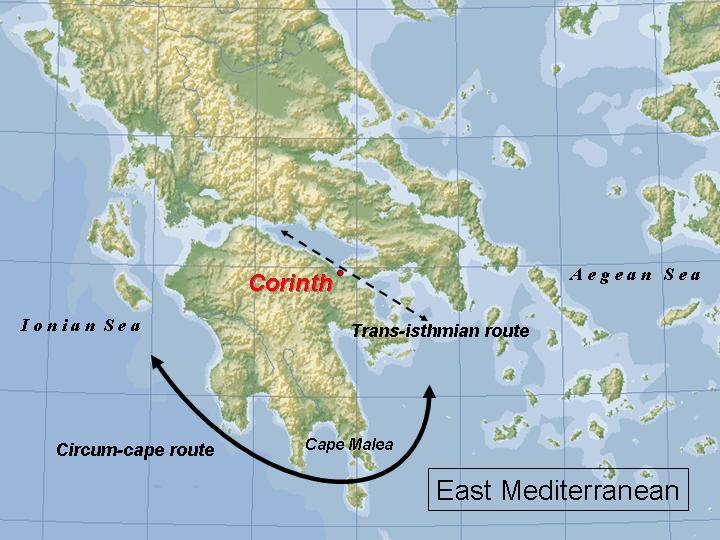
Alex Tang
Articles
- General
- Theology
- Paul
- Karl Barth
- Spiritual Formation
- Christian Education
- Spiritual Direction
- Spirituality
- Worship
- Church
- Parenting
- Medical
- Bioethics
- Books Reviews
- Videos
- Audios
- PhD dissertation
Spiritual writing
- e-Reflections
- Devotions
- The Abba Ah Beng Chronicles
- Bible Lands
- Conversations with my granddaughter
- Conversations with my grandson
- Poems
- Prayers
Nurturing/ Teaching Courses
- Sermons
- Beginning Christian Life Studies
- The Apostles' Creed
- Child Health and Nutrition
- Biomedical Ethics
- Spiritual Direction
- Spiritual Formation
- Spiritual formation communities
- Retreats
Engaging Culture
- Bioethics
- Glocalisation
- Books and Reading
- A Writing Life
- Star Trek
- Science Fiction
- Comics
- Movies
- Gaming
- Photography
- The End is Near
My Notebook
My blogs
- Spiritual Formation on the Run
- Random Musings from a Doctor's Chair
- Random Sermons from a Doctor's Chair
- Random Writings from a Doctor's Chair
- Random Spirituality from a Doctor's Chair
Books Recommendation
---------------------
Medical Students /Paediatric notes
A Haircut and A Woman
Cenchreae
Alex Tang
The ancient port of Cenchreae is on the Saronic Gulf. It is the eastern port of Corinth thus making it and Corinth the link between ships sailing from Asia Minor (Turkey) and the rest of Europe. It is hard to imagine from the ruins today that it was one of the busiest and most important port during Roman times. Ships travelling from Asia Minor or Europe were rolled overland across the Isthmus of Corinth by a road known as Diokos. Sailing to the south around the bottom of Greece was so treacherous that ship captains preferred their chips and cargoes go across the narrow isthmus on land.
The port was abandoned following the destruction of Corinth in 143 B.C. Julius Caesar revived and rebuilt it in 44 A.D. It was to regain part of its significance as a port but was destroyed by earthquakes and tsunamis in 365 and 375 A.D. Its final destruction were by the Slavs around 590 A.D.

source: www.archatlas.org
The apostle Paul used the port after completing his stay at Corinth. He decided to sail back to Syria via Cencherae in Acts 18:18.
Acts 18:18 (NAB)
18 Paul remained for quite some time, and after saying farewell to the brothers he sailed for Syria, together with Priscilla and Aquila. At Cenchreae he had his hair cut because he had taken a vow.
He received a haircut. It is interesting to note that his haircut may be because of a Nazirite vow he had made earlier. We do not know what this vow was. What was significant was that Paul was observing the ritual of the fulfillment of such a vow which by a haircut. It was likely he was shaved bald. More significant is to note that this was not following the traditional Second Temple Judaism where the haircut should be done in the Temple grounds in Jerusalem or nor was he following the Rabbinic traditions of that period. Paul it seems is introducing a new interpretation to an old ritual.
The second reference to Cenchreae was in Romans 16:1-2.
Romans 16:1–2 (NAB)
1 I commend to you Phoebe our sister, who is (also) a minister of the church at Cenchreae,
2 that you may receive her in the Lord in a manner worthy of the holy ones, and help her in whatever she may need from you, for she has been a benefactor to many and to me as well.
This is the beginning of a list of persons whom the apostle will name with personal greetings. It is also a letter of introduction for Phoebe who was bringing Paul’s letter to the Christians in Rome whom Paul had never met. There are two things of note here. Paul entrusted his letter to the Romans, an important systematic description of Christian beliefs, to the hand of a woman to bring it to Rome for him. Also Paul refers to Phoebe as minister and benefactor. Phoebe must be in a leadership role in the church in Cenchreae. She was also a sponsor of the church. In Roman times, one would need a benefactor or sponsor to exist and function. The church in Cenchreae was likely to be receiving Phoebe’s patronage as benefactor. They would likely have their meetings in her house. This should make us reconsider the role of women in the early church. Women seems to be playing an important role in the development of the early church until the church became institutionalized and organized in the second century onwards. As male dominance increased (especially during the Monastic period) in the leadership position, women were pushed to a more subsidiary role. I believe Paul would have been horrified to see how his own writings were often used to force women into a more subservient role in the church.
Cenchreae
Corinth Canal
The route on isthmus where the ships were rolled to bypass is now a canal. It cuts through the narrow Isthmus of Corinth. The builders dug the canal through the Isthmus at sea level; no locks are employed. It is 6.4 km (4.0 mi) in length and only 21.4 m (70 ft) wide at its base, making it impassable for most modern ships. It was completed in 1893. It is now mainly a tourist attraction where one can take a cruise.
25 May 2015